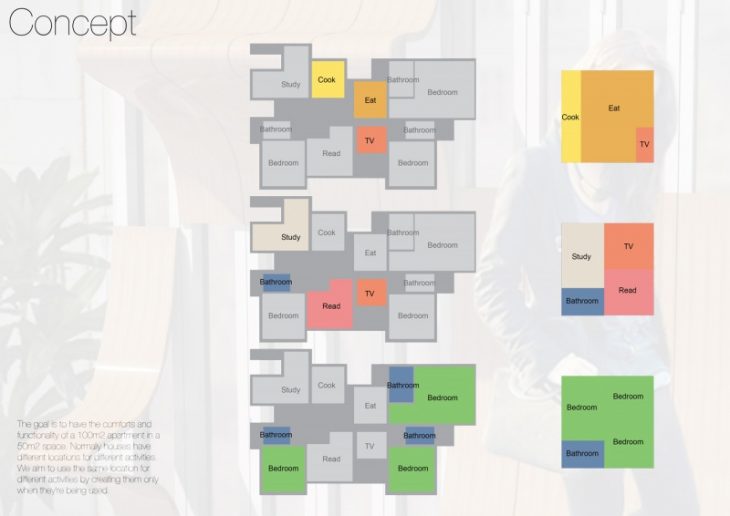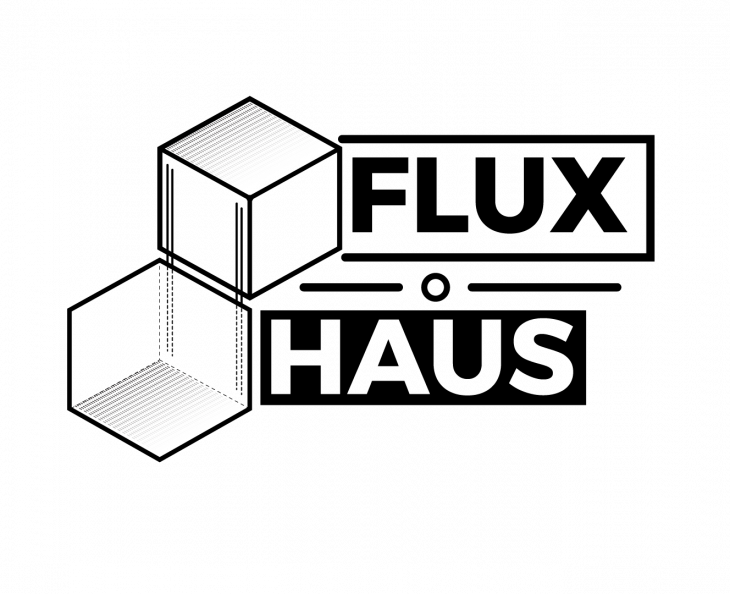
INTRODUCTION
In a time where personal possessions have come down to the bare minimum. Phones, laptops, tablets have all become redundant, ‘super’ clothes transform from one to another instantaneously removing the need for a wardrobe. When all your food is cooked to perfection by professional robot chefs. You no longer need to carry a wallet with cash, cards or IDs because everything is tied to your fingerprint. The need for personal storage is minimized, and mobility is enhanced when your belongings are no longer physical but digital. In this context, homes provide for different needs and have perhaps a new definition.
Inspired by Le Corbusier’s ‘Towards a New Architecture’ and looking at architecture as a machine, our homes are intelligent machines. Being a machine, our homes have specific functions – a place to sleep/rest comfortably, a place to work, a place to eat, a place to get ready,a place to relax and a place that you can arrange and decorate as you like.
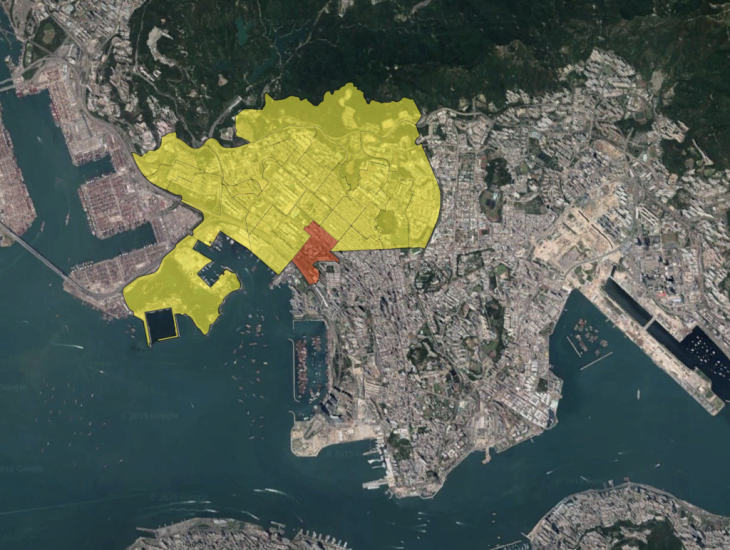
We have taken Sham Shui Po district of Hong Kong to be our general area of interest due to the extensive amount of caged housing. Furthermore, we have also selected the Green Harbour Towers to be our site to parasite. Using the towers as a central structure, our system grows out to support a grid of moving capsules.
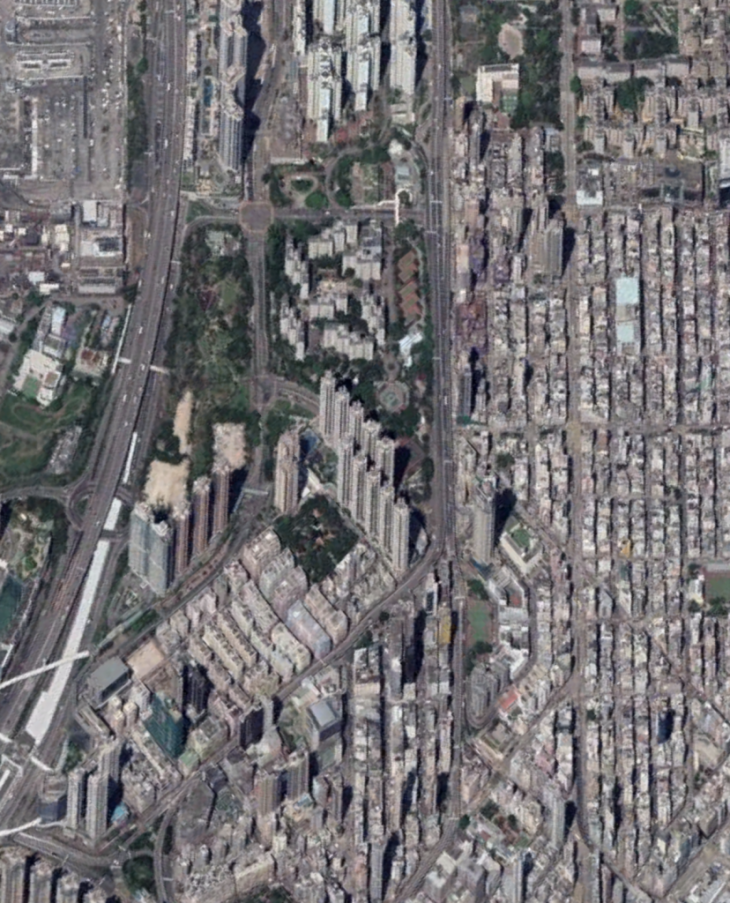
“Unlike places where there is long-term residency, this study has shown that among the underprivileged residents, most do not consider Sham Shui Po as a permanent home. Residents often move into and leave the neighborhood not by choice but by necessity, as a means of survival”
Cheng, C. (2013). Sham Shui Po: The Centre of Poverty in Hong Kong. Journal of the Royal Asiatic Society Hong Kong Branch, 53, 7.
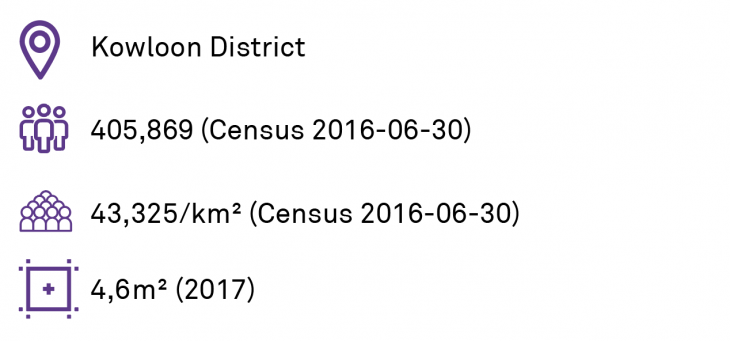
Reference:
https://www.citypopulation.de/php/hongkong-admin.php?adm1id=F
https://www.scmp.com/news/hong-kong/community/article/2117810/average-living-space-hong-kongs-poorest-residents-same
https://www.google.com/maps/place/Sham+Shui+Po,+Hong+Kong/data=!4m2!3m1!1s0x340400b4a15faa0b:0xe38611e1b9e97f4e?ved=2ahUKEwjd7LrT_fjgAhUICRoKHT0iCaAQ8gEwD3oECAQQCA
PROBLEMATICS – LACK OF AFFORDANCE
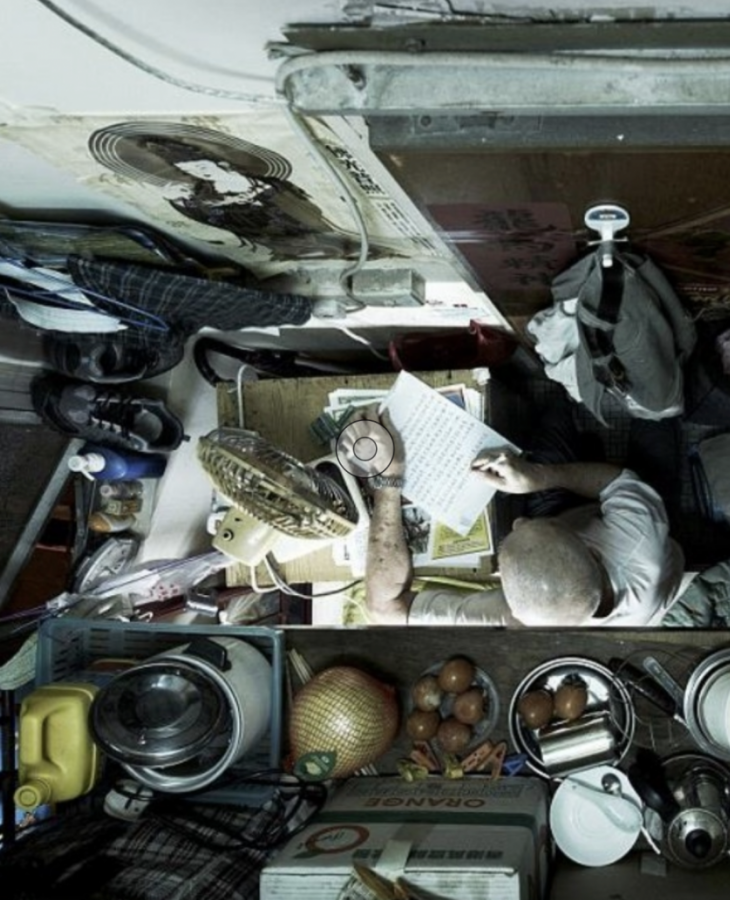
As the government controls the land, and the high density of the people in Hong Kong rises, The housing prices increase. Which make people to don’t be capable to afford a house that has space to live with dignity. Thus, the poorest are forced to live in subdivided houses.
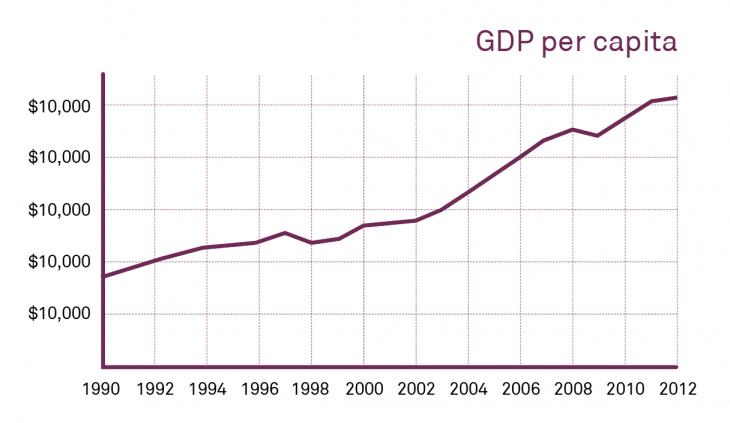
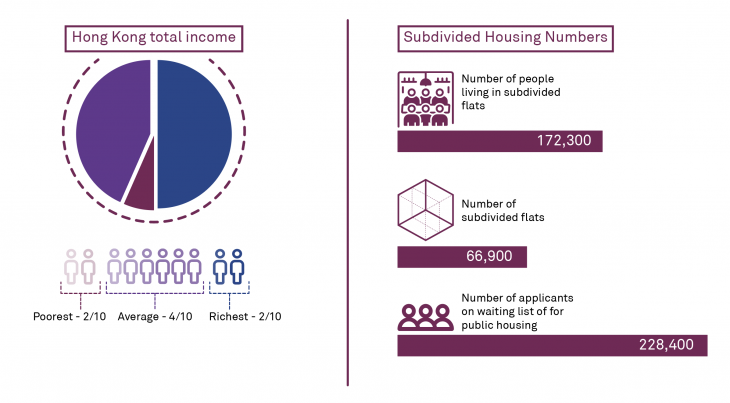
PROBLEMATICS – CAGED HOMES
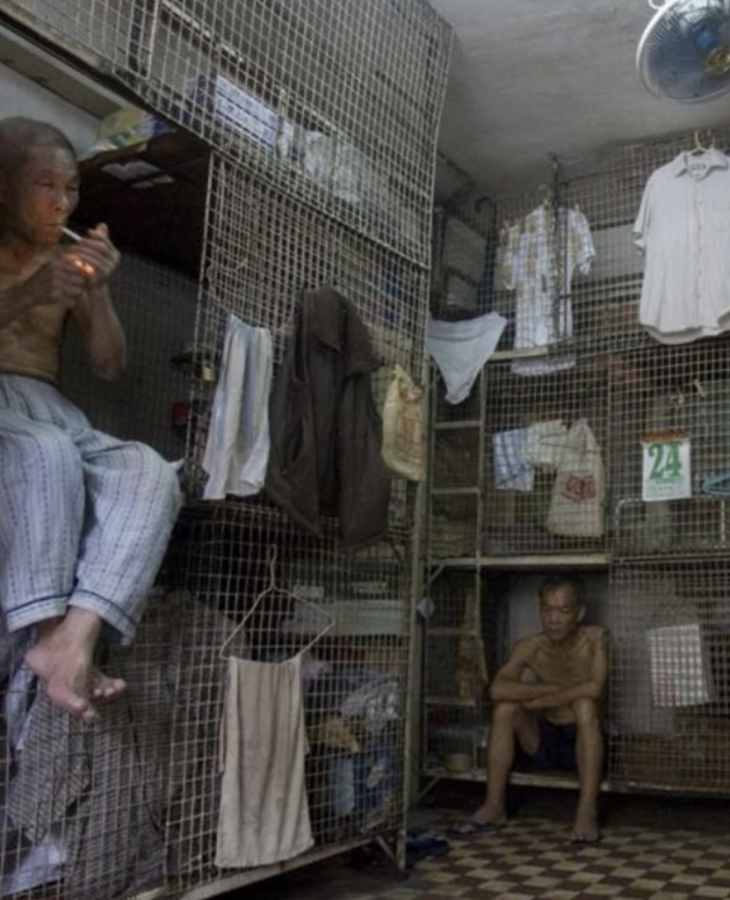
“Caged-homes” are categorized as “Bed-space apartments” by the Hong Kong government. This basically is a house that contains 12 or more people who rent individual bed spaces
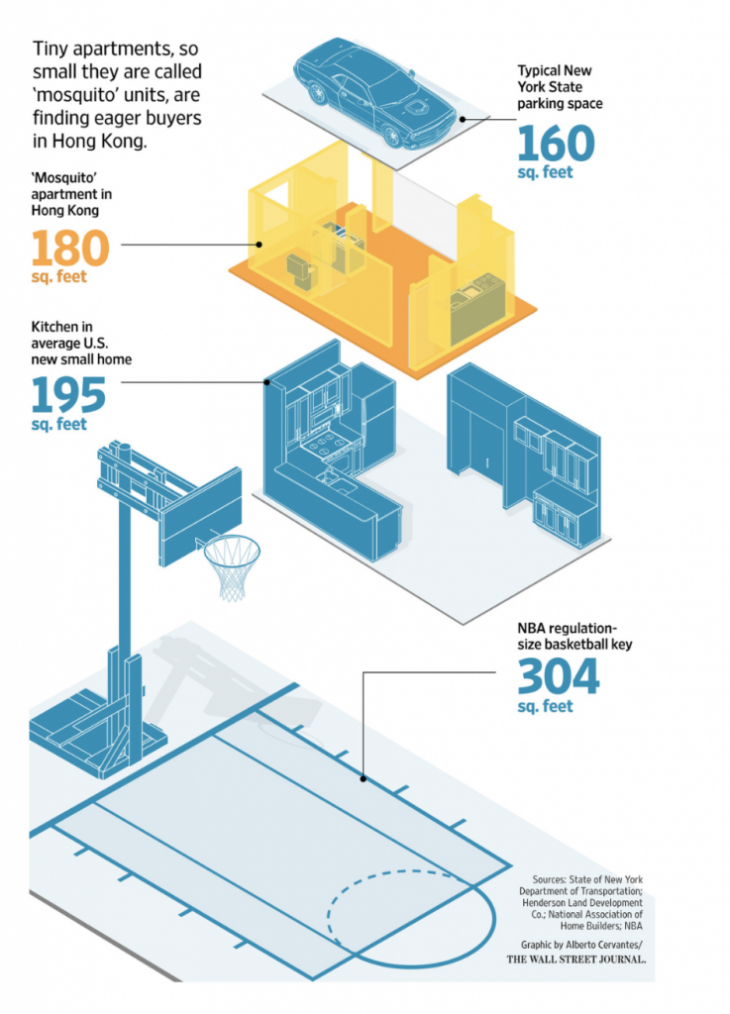
PROPOSAL
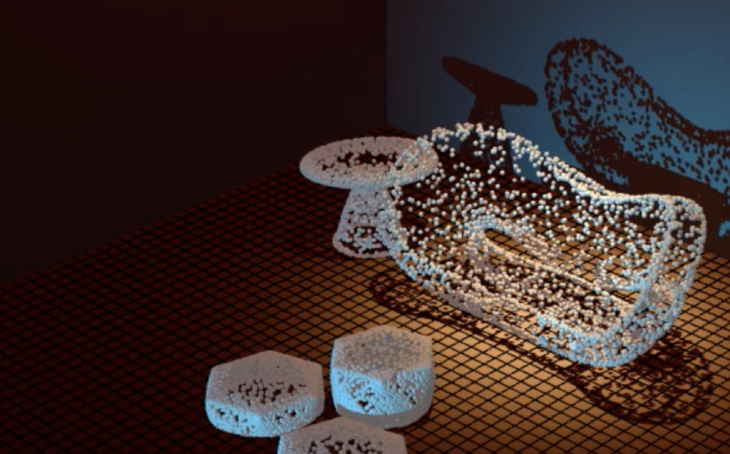
CAPSULES
In the past, each of these functions would be divided into sections/rooms because of physical constraints; a bed, a table and a couch could not be in the same surface area. But how often would someone actually be using all three at the same time, how can someone be in the living room and the bedroom and the study at the same time?
http://multimod.hyperbody.nl/index.php/project06:Studio
Bringing us back to the present, where the entire house is one room. You have a bed when you need it, a table wherever you need it and anything that you can imagine, but none of these things exist. You can sleep under the starry night sky in the middle of the desert but be nowhere near a big open space. All these places and spaces, appear and disappear within the transformative room. A dynamic space allows for anything to be constructed and deconstructed however you like, allowing for precise personalization. An aggregative system of swarm bots builds on the bare structure allowing for fluid transformations, commanded by either the automation or the user.
EXISTING BUILDING
Spaces such as kitchens and bathroom which serve a purely functional role and don’t require much personalization are shared. The residential buildings consist of floors made up of service spaces and communal spaces. The kitchen although occupied by robot chefs and no longer a frequented area by the people are available in the case of specific needs.
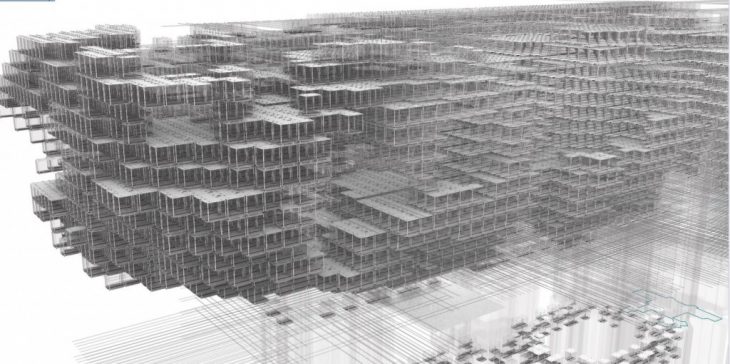
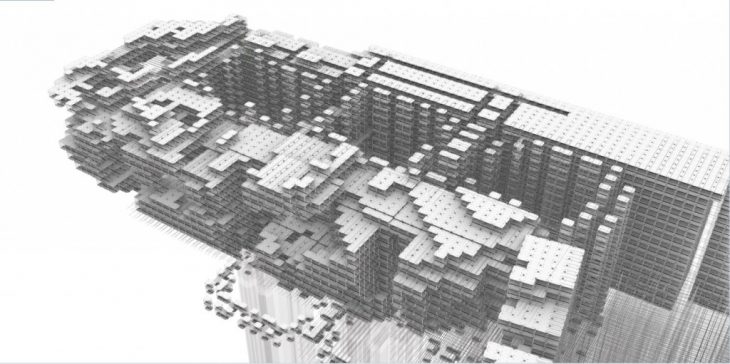
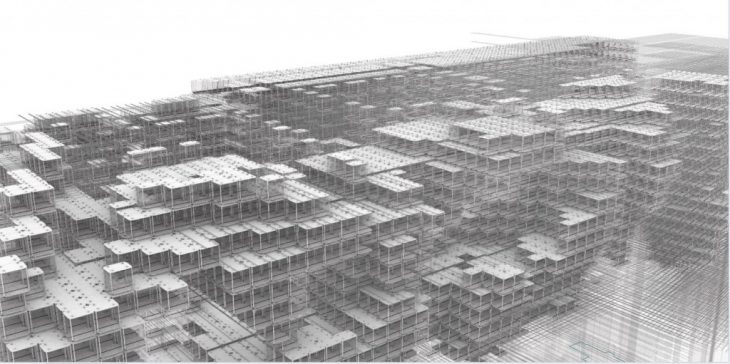
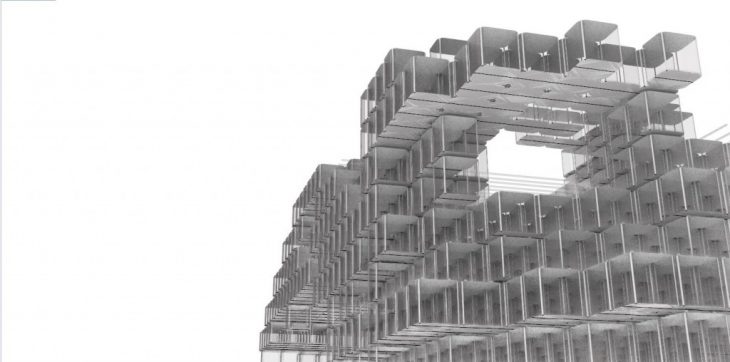
PERSONA CREATION
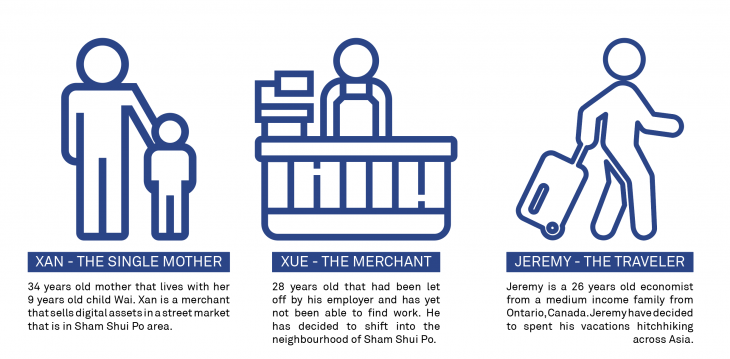
PERSONA’S DAY
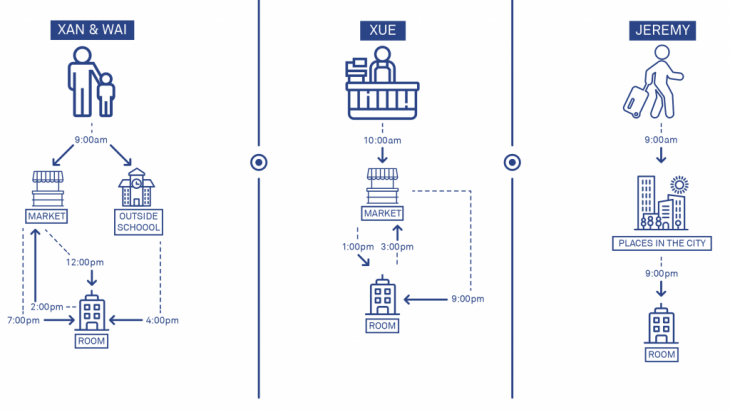
ROOM DISTRIBUTION
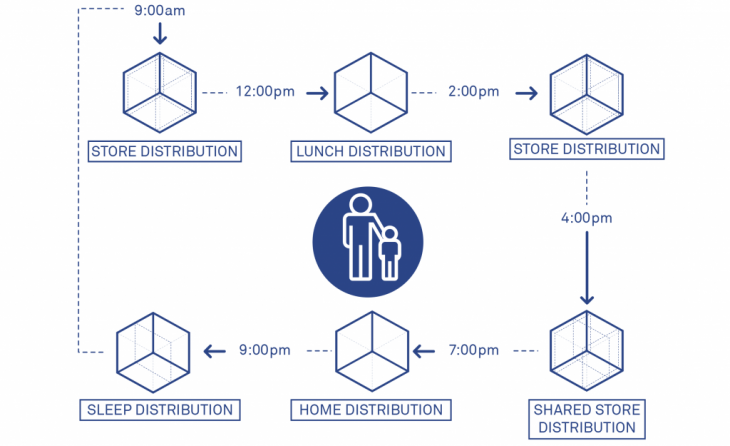
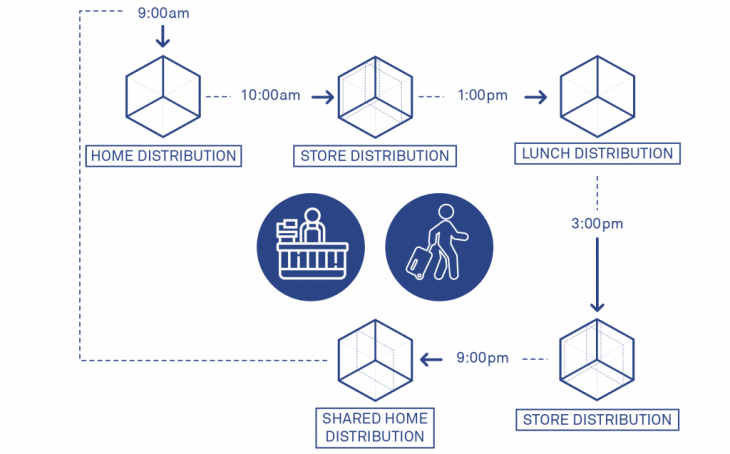
INTERACTIVE SYSTEM
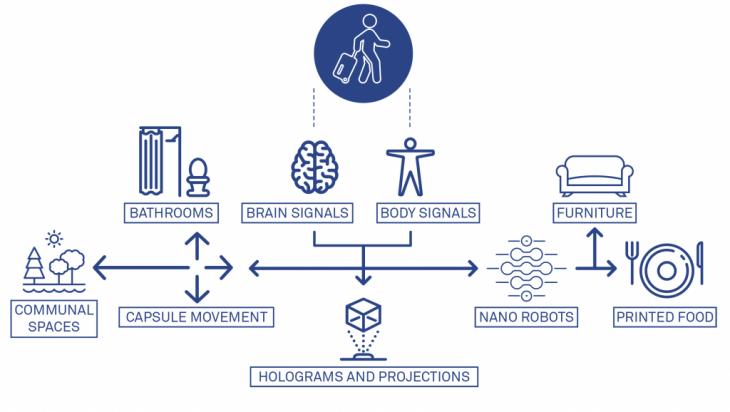
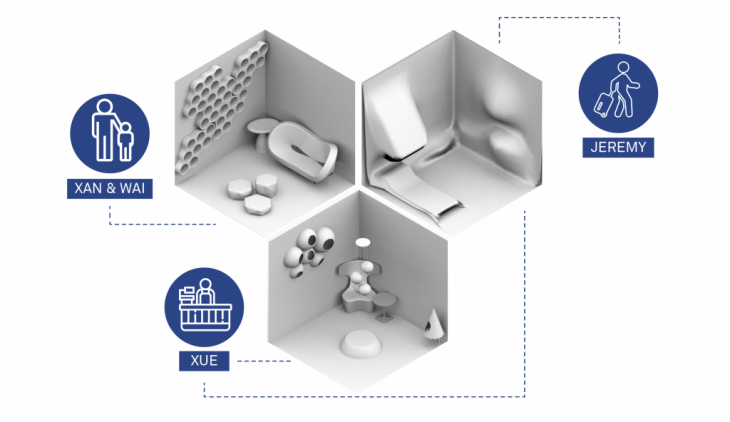
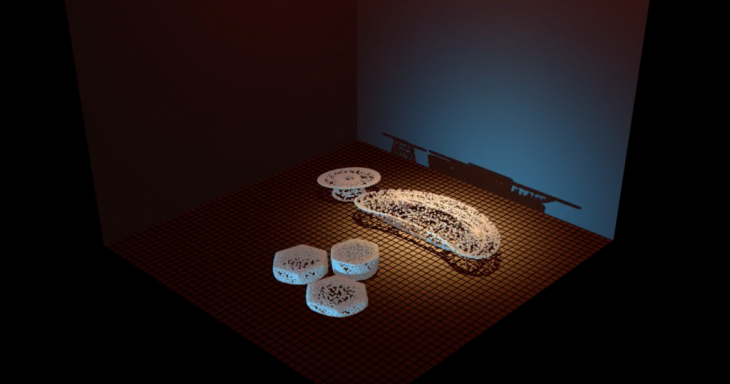
https://drive.google.com/open?id=1qYzDSTZ1dEaEYOMJMcmhCk25OcTTPeoo
CONCLUSION
This combination of intelligent machines and humans is an adaptive and evolutionary way of living. As people change, so do their houses; the house understands the inhabitant and provides for their needs.
Students: Ignacio Bedia, Kammil Carranza, Jitendra Farkade & Vinay Khare.
Faculty: Carmelo Zappulla.
Teaching Assistant: Sebastian Amorelli.
Students Assistant: Gabriele Jureviciute.
